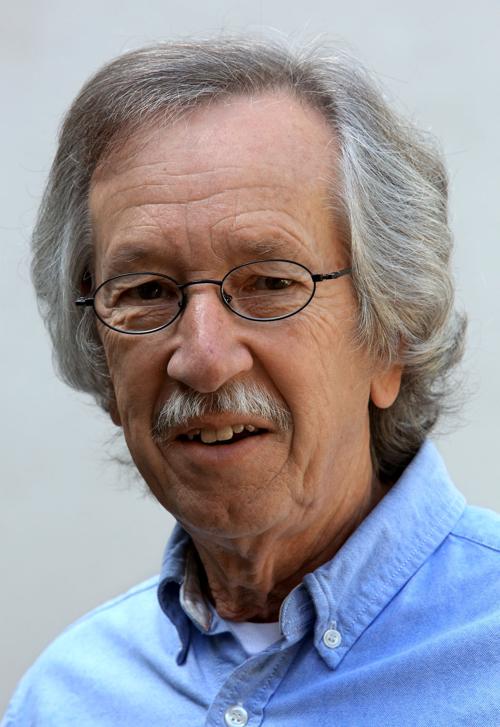Tucson COVID Tales No. 15: Living in History, by Bruce J. Dinges
This isn’t how I envisioned spending my retirement. It’s been six months since I shook the hand of a stranger or hugged a friend, ventured far out of my zip code, pulled up a chair in my favorite restaurant, or worked up a sweat at the gym. My hair is longer than it was in my college days during the late Sixties, travel plans are on indefinite hold, shaving is a whimsical experience, and my wardrobe has shrunk to torn jeans and a handful of thread-bare tee shirts. My proudest accomplishment rests on the dining room table—a 1,000-piece jigsaw puzzle of Salvador Dali’s The Temptation of St. Anthony. It took me nearly a month to assemble.
But I’m okay. Because my mother taught me to look for silver linings, and perhaps because I was raised in the rural Midwest where social distancing was a fact of life, I believe that I’ve discovered a few worthwhile things in the midst of this pandemic. Without places to go and deadlines to meet, my life seems to have settled into a comfortable rhythm free of urgency and distractions. Traffic noise and air pollution miraculously evaporated during the early days of sheltering in place, exposing—if only for a moment—a world I thought was gone forever. Suddenly, I have time to sip a leisurely cup of home-brewed (no Starbucks) coffee and watch nature come alive in the wash behind the house. Ground squirrels, rabbits, quail, lizards, snakes, and coyotes prowl for food, while finches, hummingbirds, woodpeckers, owls, cardinals, vermilion flycatchers, and hawks alight on the branches of a dead tree or cluster around our backyard feeders. I take my cues from our dog Monty, a lovably manipulative Swedish Vallhund, who sets out on his morning walks convinced that every day offers unlimited opportunities for a grand adventure. Friendly greetings from pedestrians and cyclists I pass during my rides along The Loop are a welcome antidote for the barrage of craziness coming from cable news. Even the Catalinas in flames seem to speak of resilience and recovery.
And, surprisingly, the pandemic has brought me closer to family members dealing with their own isolation and boredom. What had been occasional emails and phone calls have become almost daily updates on what is going on (or not) in our lives, book recommendations, and occasional rants about the sorry state of our country and world. Photos and videos of grandnieces and a grandnephew lift my spirits and make me optimistic for a better future. Recently, my siblings and I recalled that our parents and grandparents survived the 1918 flu epidemic, and yet none of us can remember any of them talking about it. One of my sisters certainly got it right when she reminded us that they were “a generation of few words who never really talked about the past much or about personal hardships.” She also pointed out that “history never stops giving us wake-up calls.” I’m a historian, so I have to wonder if we’ll pay attention this time and how we will remember these somber days. But for now I’m hunkered down, making the best of a time I hope we’ll never see again.

Bruce Dinges is former editor of the Journal of Arizona History and coeditor, with Bill Broyles, of America’s Most Alarming Writer: Essays on the Life and Work of Charles Bowden.
Category: TUCSON COVID TALES




